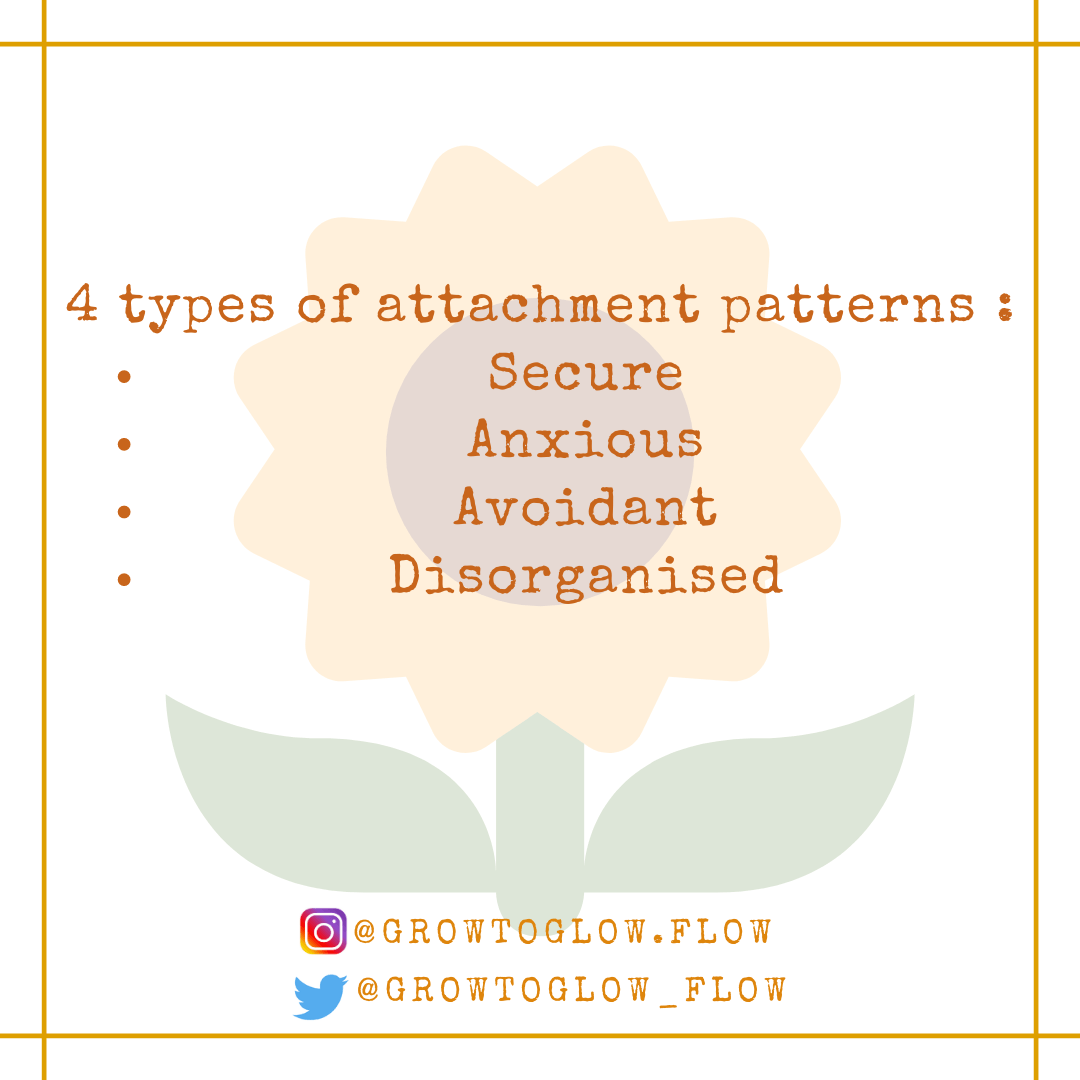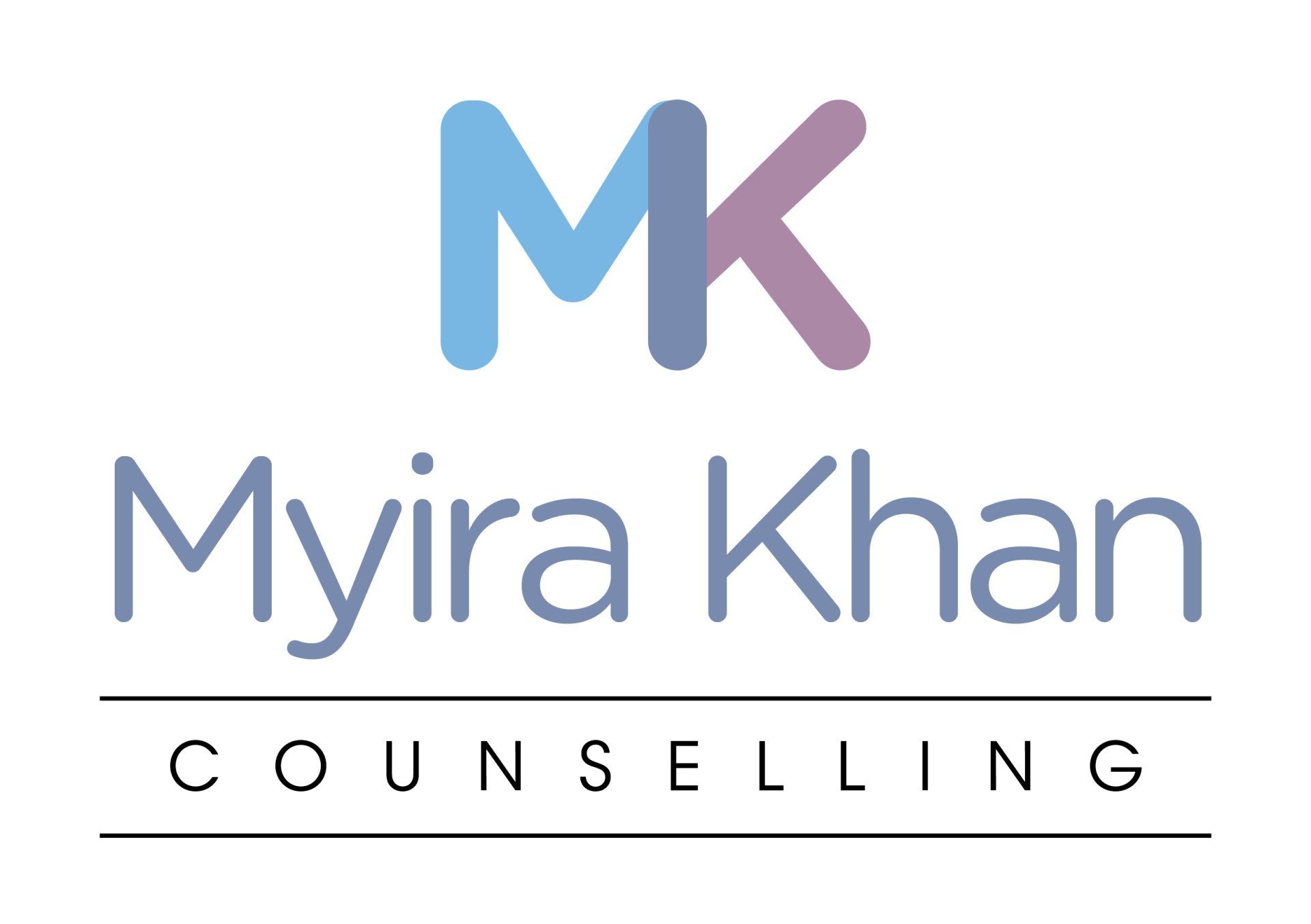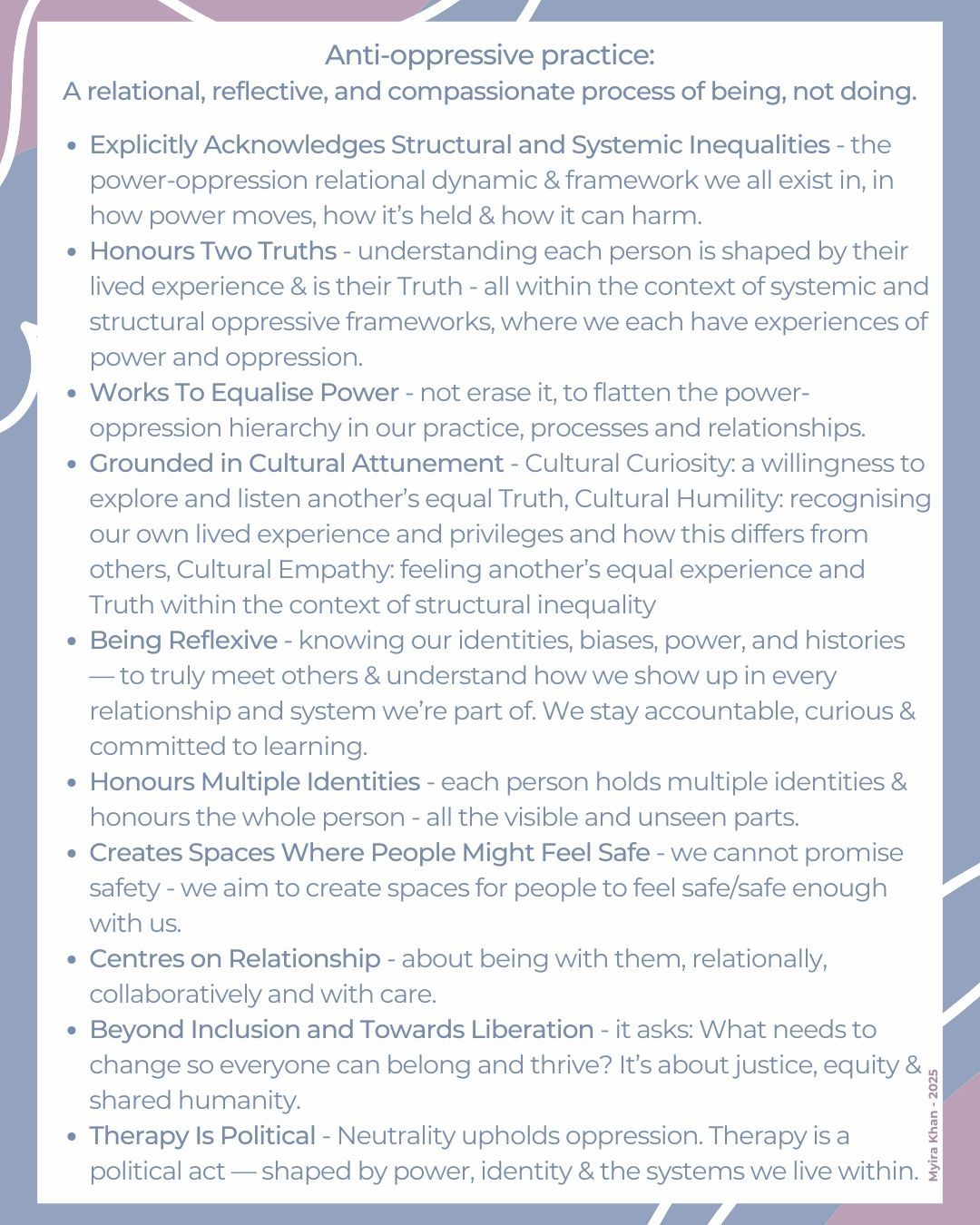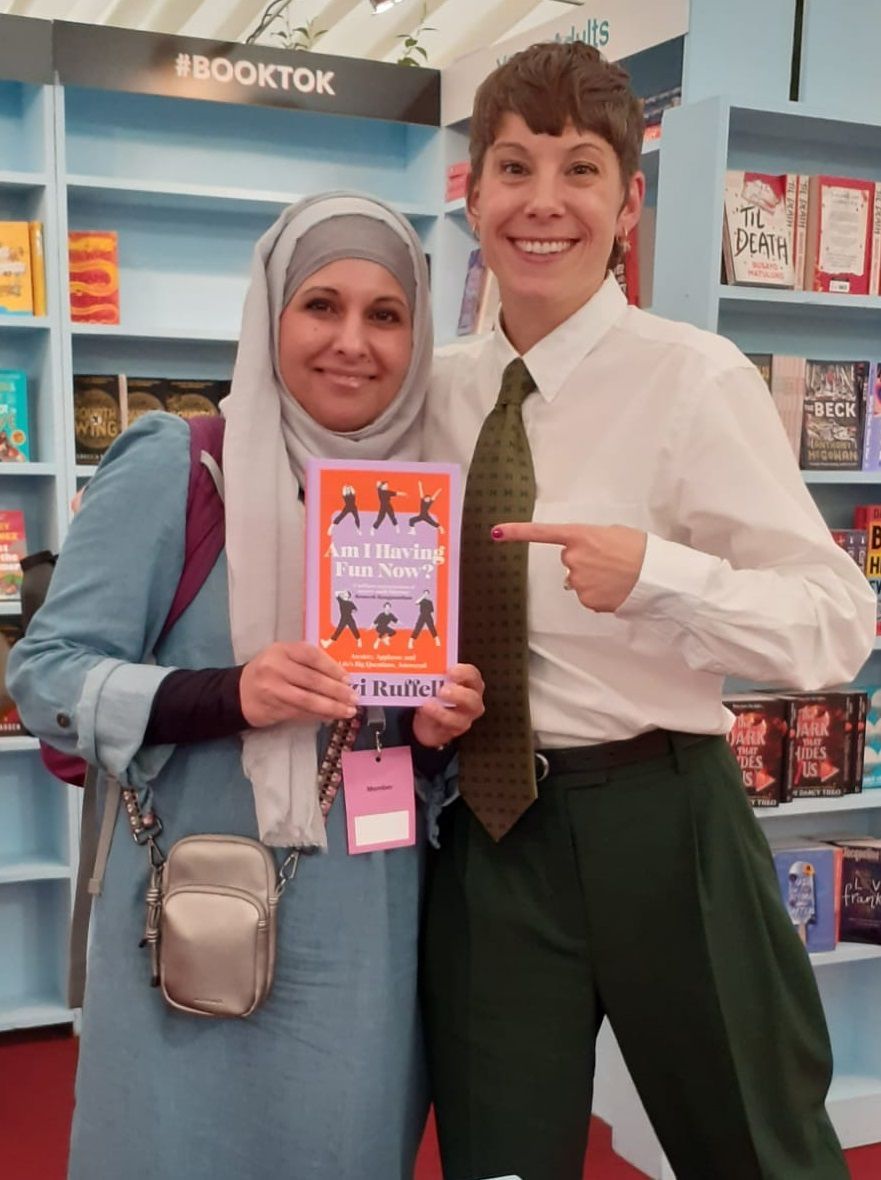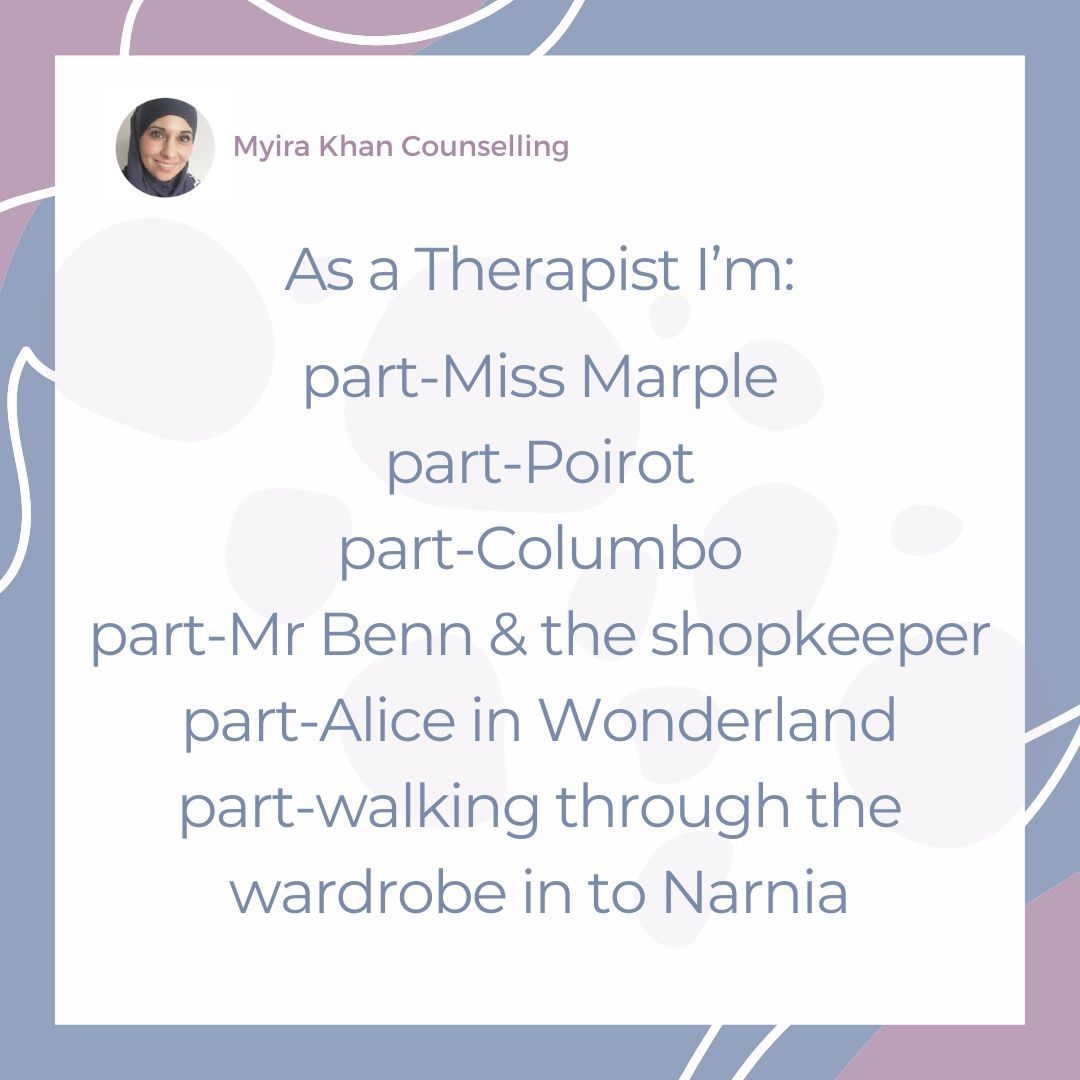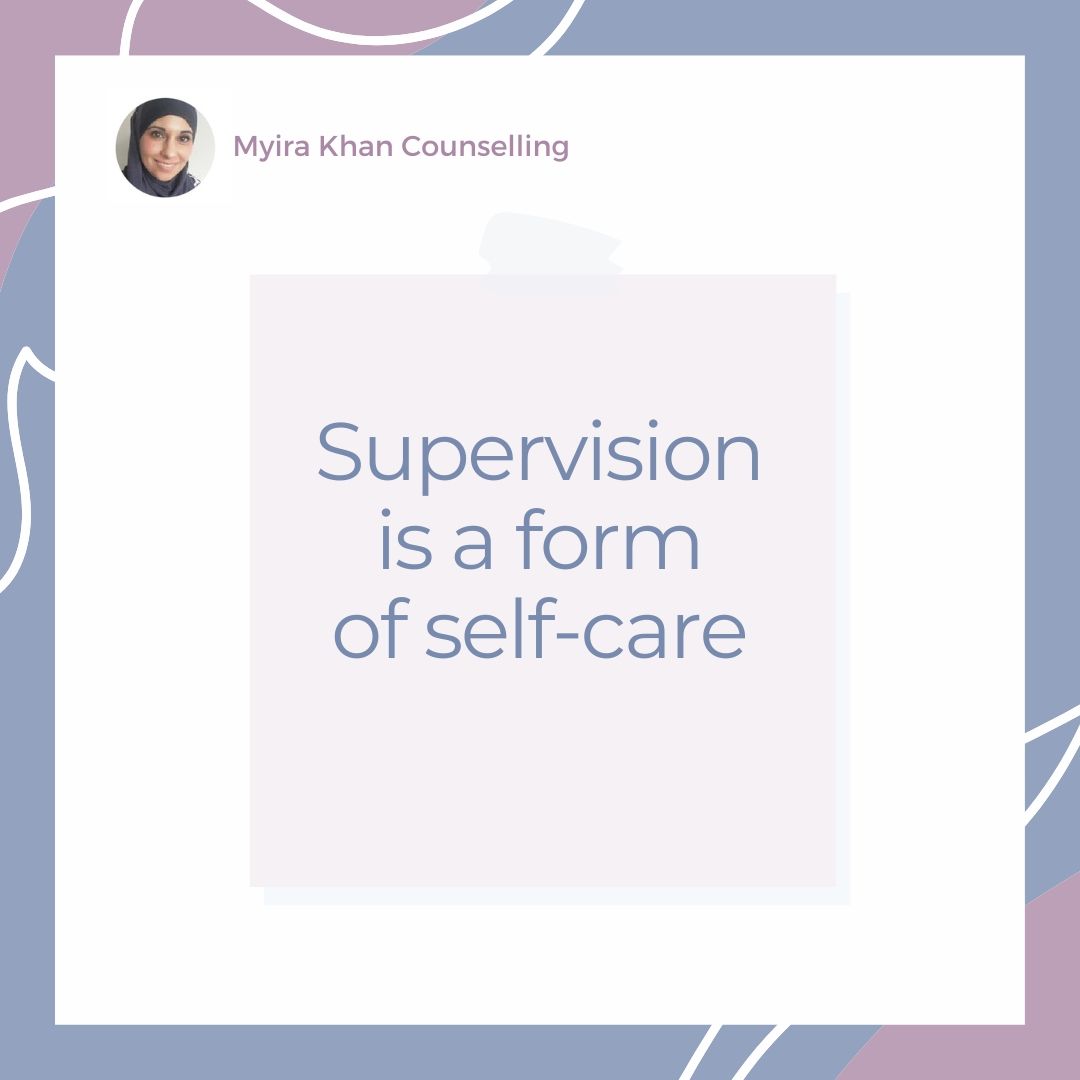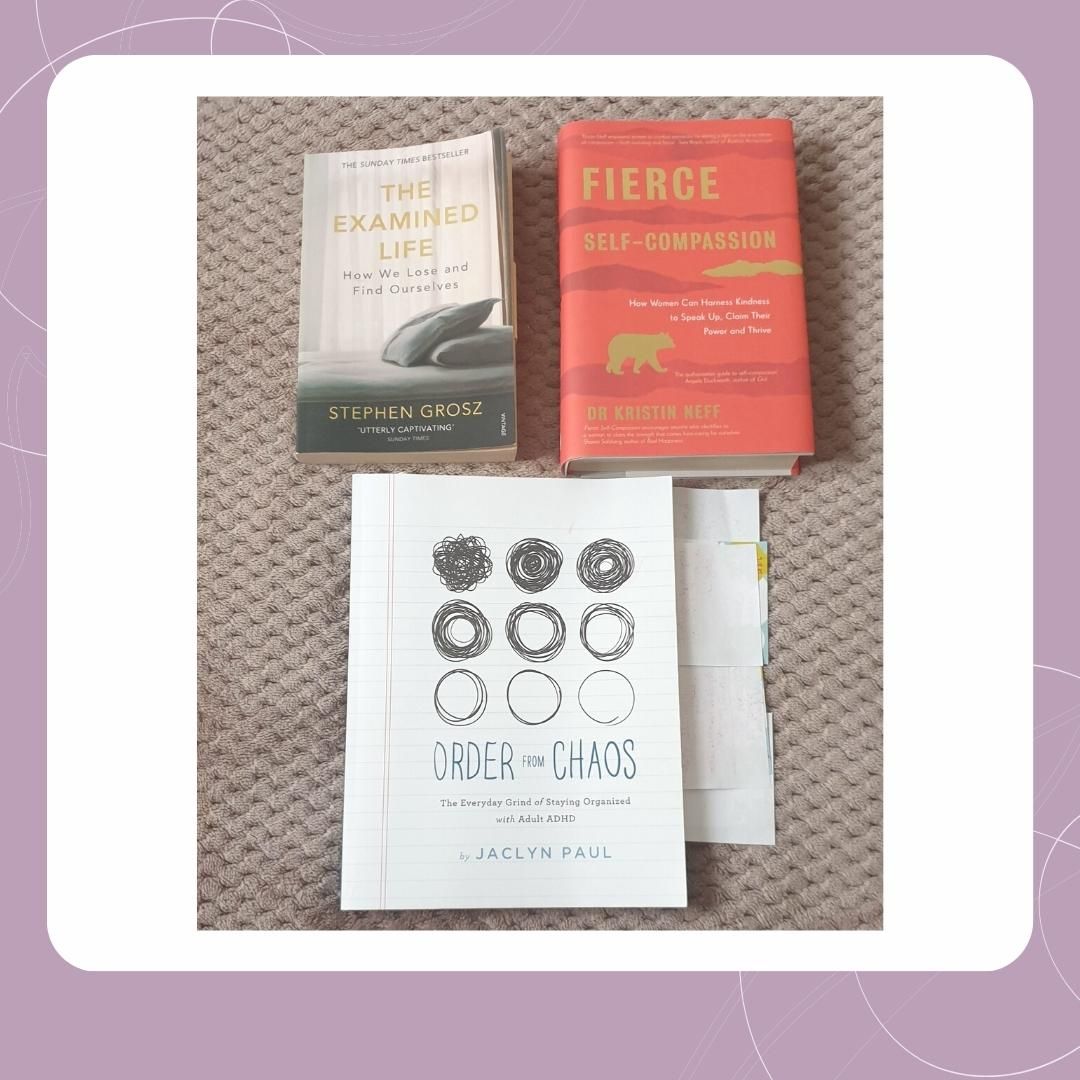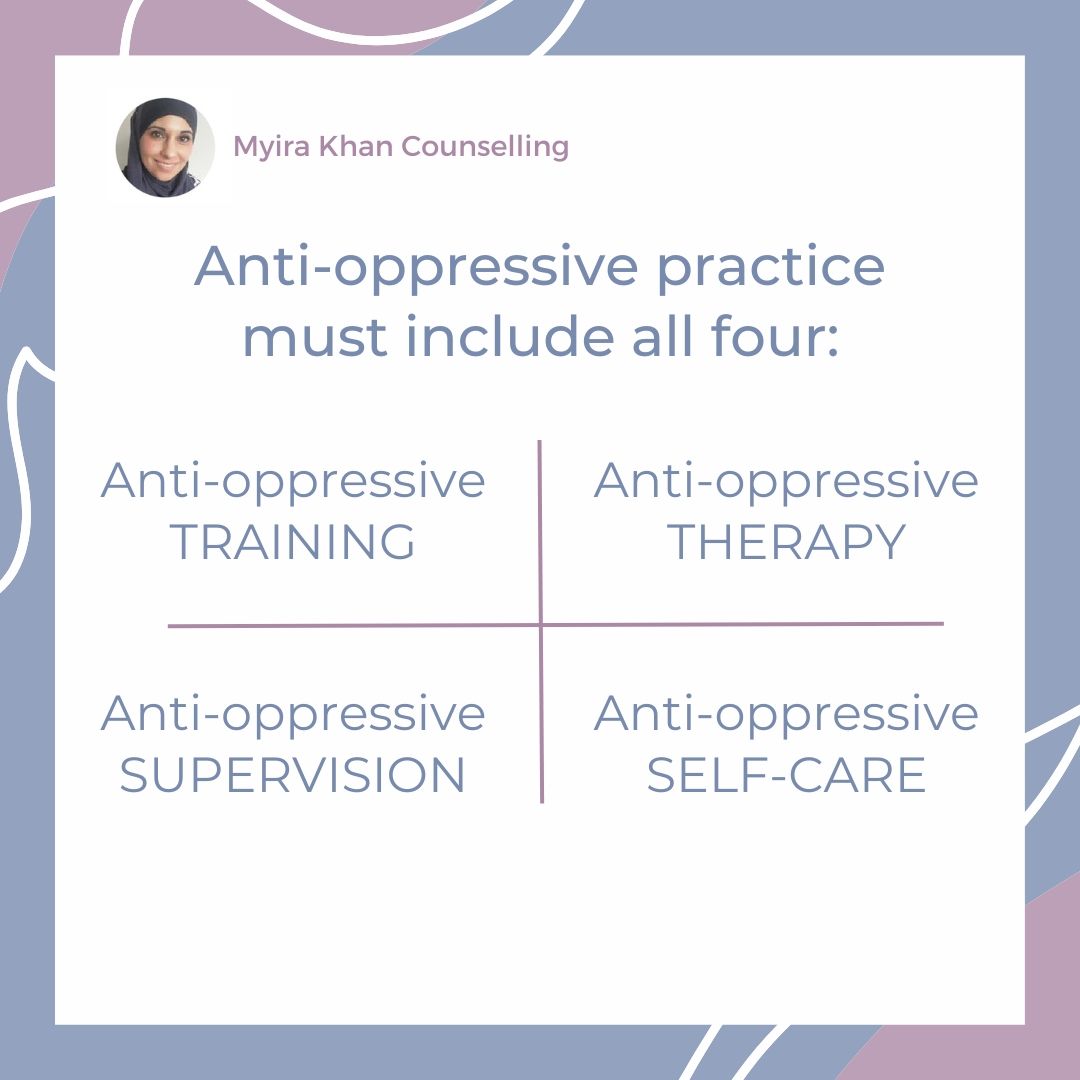4 Types of Attachment Patterns
There are 4 types of attachment patterns.
We each have one of these types as our dominant pattern of relating and attaching to another person.
Your type of attachment and attachment pattern was formed during the first two years of your life.
This pattern was created from the repeated experience of an attachment and relationship style your mother or primary care-giver gave you during those first 2 years of life.
What that experience of relating felt like and how emotionally available, predictable and consistent your mother / primary caregiver was or was not, creates relationship and attachment pattern being established, experienced and internalised by the infant.
This becomes the attachment pattern and relationship blueprint repeated in subsequent relationships.
Of the 4 types of attachment pattern one is a secure attachment and the other three are types of insecure attachment:
The 4 types of attachment pattern:
1. Secure attachment
• Infant forms a emotional attachment to an adult who is attuned to them, sensitive and responsive in their interactions with them
• Caregiver is consistent throughout the first 2 years of infant's life
• In the 2nd year the caregiver becomes the secure base for the child to explore the world and become more independent
• For a secure attachment to develop, the infant must feel safe, seen and soothed
2. (Insecure) Anxious Attachment
• The caregiver is inconsistently attuned to the infant, either appropriate or nurturing at times but intrusive and insensitive at other times.
• The infant is left confused and insecure, not knowing which to expect.
• The infant feel suspicious and distrustful of the caregiver but at the same time acts clingy and desperate towards them.
3. (Insecure) Avoidant Attachment
• The caregiver is emotionally unavailable, insensitive to and unaware of the needs of the infant
• There is little or no response from th caregiver when the infant is hurting or distressed
• The caregiver discourages crying and encourages independence in the infant
• The infant becomes a “little adult”, taking care of themsleves, pulls away from needing anything from anyone and are self-contained.
4. (Insecure) Disorganzied Attachment
• The caregiver is abusive towards the infant, who experiences physical and emotional cruelty and frightening behaviour as being life-threatening.
• The infant is caught in a dilemma where survival instincts are telling them to flee to safety but safety is also the parent who is terrifying.
• The caregiver is the source of distress.
• The caregiver disassociates from 'self', detaching from what is happening and what they are experiencing is blocked from their consciousness.
One of the easiest ways to identify which type is your dominant attachment pattern, is to think where you fit on these two spectrums:
1. Level of intimacy - the degree to how comfortable or uncomfortable (avoidant) you are with intimacy and closeness.
2. Level of attentiveness - the degree to how preoccupied or avoidant you are with the relationship and your partner.
The greater the degree of seeking closeness / intimacy and attentiveness / preoccupation is likely to indicate an anxious attachment pattern.
The greater the degree of avoidance of closeness/intimacy and attentiveness / preoccupation is likely to indicate an avoidant attachment pattern.
Low avoidance and low preoccupation is an indication of a secure attachment pattern.
In future posts we'll be exploring each of these attachment types and how they are experienced and created in infancy and how the attachment patterns replays and shows up in adult relationships.
Relationship and Attachment patterns is also the theme for our upcoming Grow To Glow June Book Group on Thursday 25th June at 6pm. To register for the Book Group, please email myira@myirakhancounselling.co.uk to reserve your place.
#relationships #attachment #attachmentpatterns #attachmenttheory #childhood #emotions #emotionalavailability #relationshipcoaching #marriage #partnership #intimacy #avoiance #anxiousattachment #avoidantattachment
Follow Grow To Glow on Twitter @growtoglow_flow and on Instagram @growtoglow.flow
